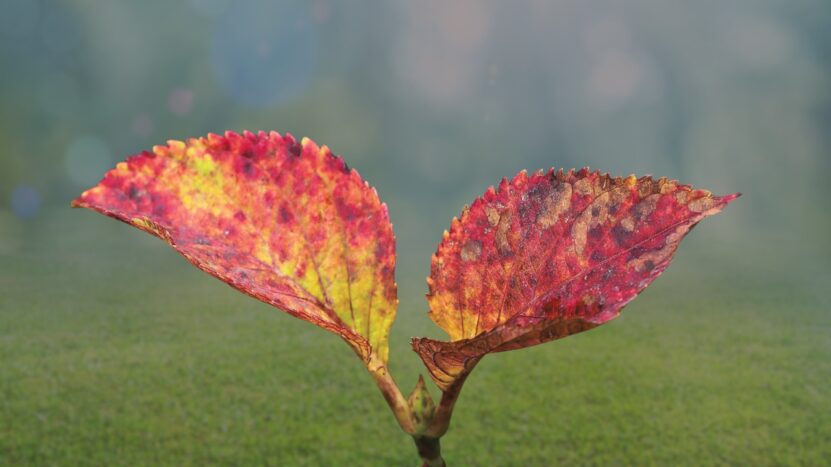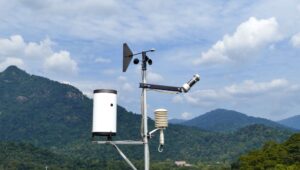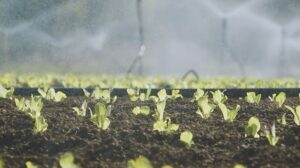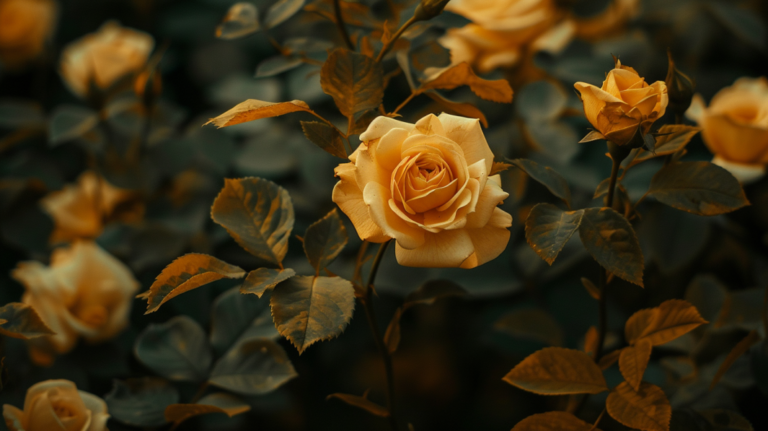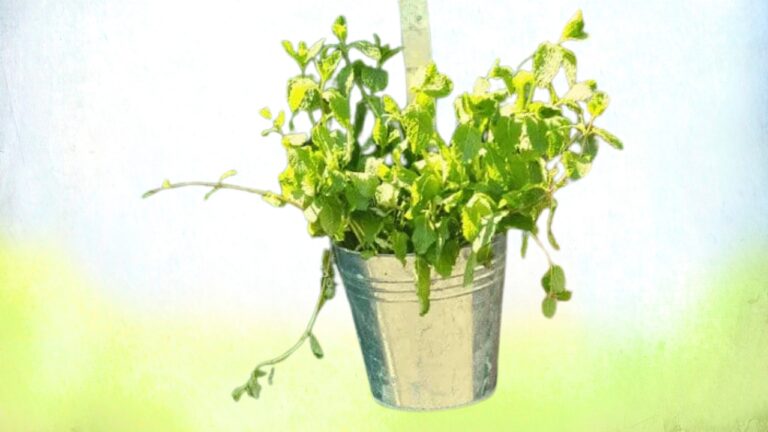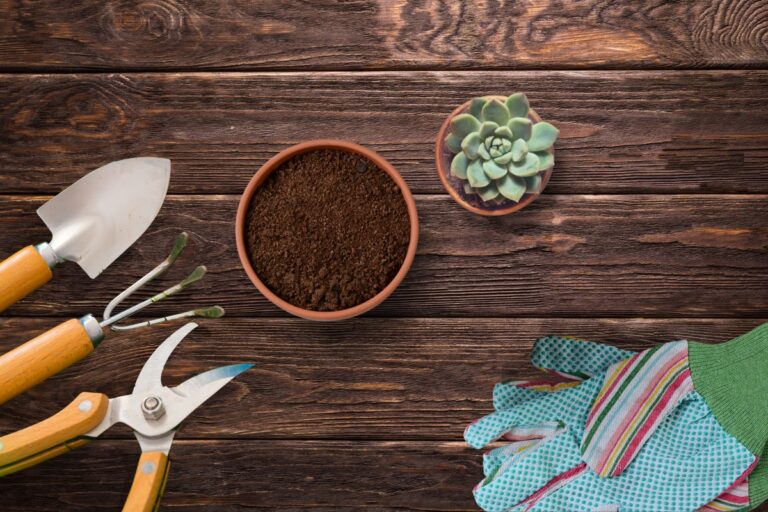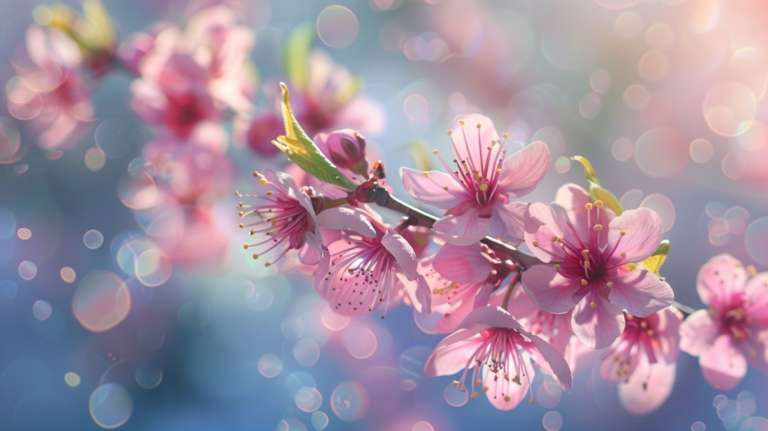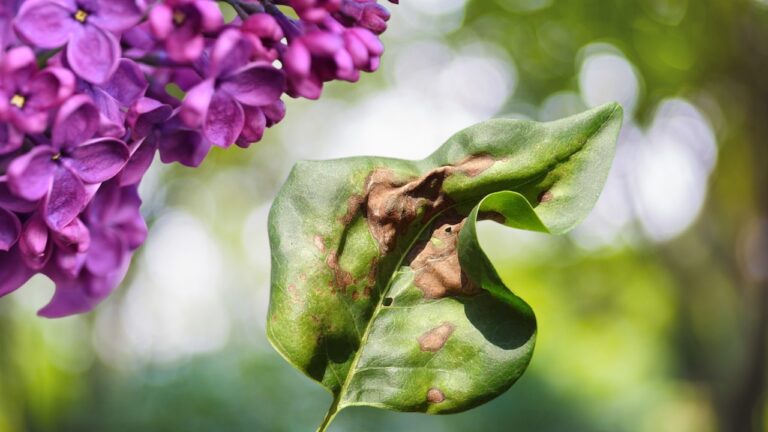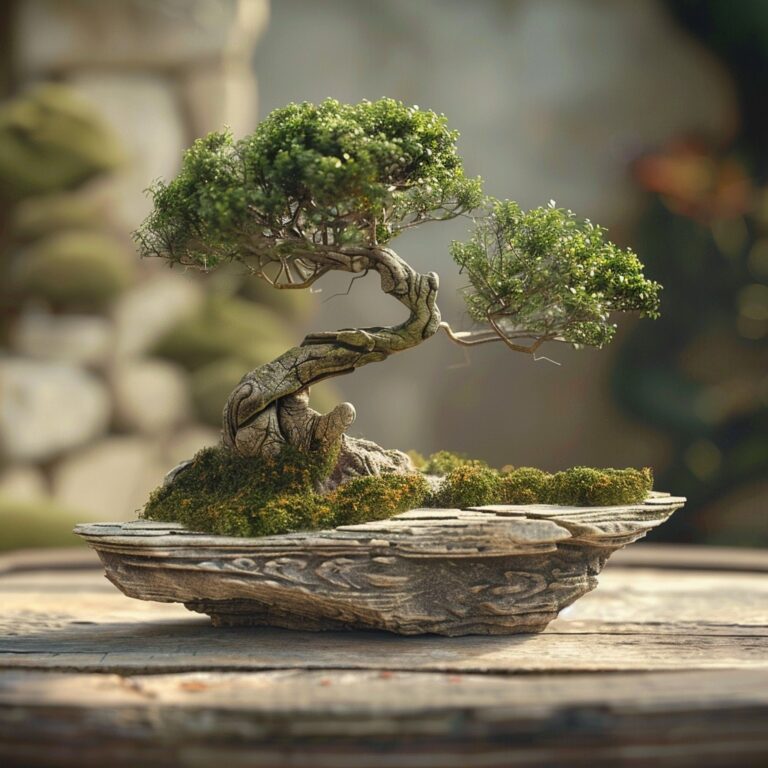Have you noticed the leaves on your hydrangea bushes turning red? If so, don’t worry – there may be easy fixes.
Hydrangea leaves can change color for a few different reasons. We’ll provide more on this in the following sections.
An Overview
Hydrangeas go through changes with the seasons just like other plants. In fall, their leaves are supposed to get colorful – red, orange or purple – before dropping off to get ready for winter sleep.
Some hydrangeas even have red in their leaves naturally. The kind of hydrangea you have makes a difference. Like ‘PeeGee’ hydrangeas often show red in full sun, that’s normal for them.
Knowing what kind you have helps you know if red leaves are okay or a problem. Red can also mean the plant is stressed. Let’s look at some other reasons leaves may turn red…
Too Much Sun
Hydrangeas like some shade, too much sun can burn their leaves red.
Not Enough Water
If the soil is dry, their leaves may redden as a warning.
Soil Problems
The plant needs rich, moist soil that’s not wet or dry. Acidic soil is an issue and makes leaves redden too.
Environmental Reasons
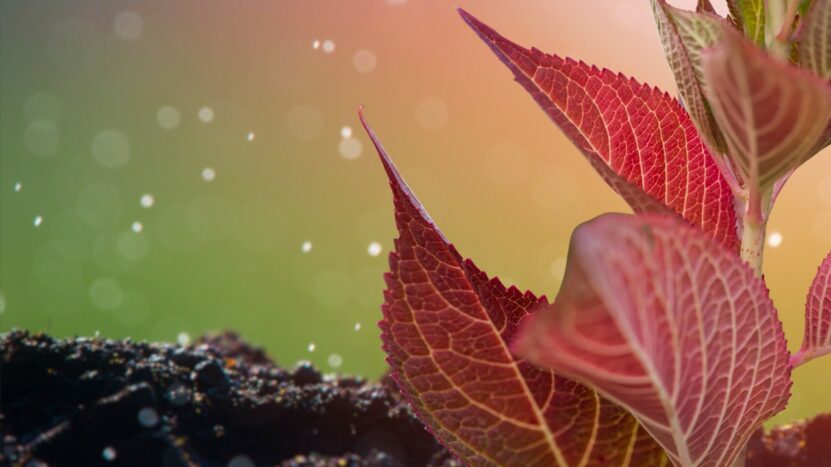
The sun and water can affect hydrangea leaves too. Too much or too little of either one stresses the plant.
- Sunlight – The plant like some sun but not all day. Direct sun can burn their leaves red. Putting them in the filtered shade helps.
- Water – If the soil gets too wet or dry, leaves may redden as a warning. Water once a week deep in the ground. Adjust based on rain and heat.
Keeping the environment just right is important. Some morning sun is okay but afternoon shade is best. Check soil moisture often so it stays damp, not soggy or dry.
Small changes like these can prevent red leaves from sun or water problems. Your hydrangeas will be much happier with consistent care! Let me know if you have any other questions.
Problems to Watch For
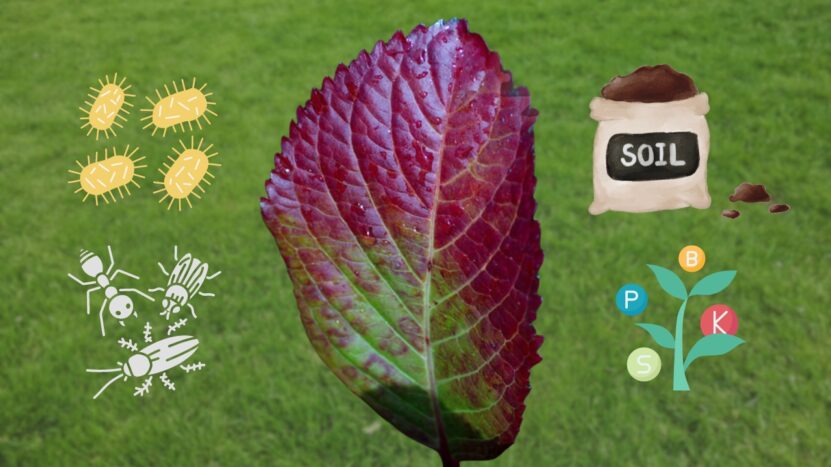
Sometimes red leaves mean more than just sun or water issues.
Keep an eye out for these other problems too:
- Diseases – Things like spots or rust can turn leaves red. Check plants often and treat any sick ones as soon as you spot them. Space plants apart so diseases don’t spread.
- Pests – Watch for bugs like aphids, mites, or scale under leaves. Natural predators, insect soap, or neem oil can help get rid of them. Pick off any leaves with bugs.
- Soil – The plant like soil that’s not too acidic or basic. A test can check the pH balance. Add lime or sulfur to fix it if needed. Compost keeps soil healthy.
- Nutrients – The plants need just the right amounts of nitrogen, phosphorus, and potassium. Too much or too little of anyone can cause red leaves. Use balanced, slow-release fertilizer.
Try These Solutions
There are things you can do to help the leaves turn green again.
Here are some ideas:
- Change How You Water – Water at the soil, not the leaves. Use soaker hoses or drips so the whole root area gets a drink. Adjust amounts based on rain.
- Move Them If Needed – If leaves are red from the sun, try a spot with morning sun but afternoon shade. Also, give plants space from each other.
- Get Advice If Needed – If simple fixes don’t work, talk to a garden expert. Sometimes issues are deeper than they seem. A pro can help the plant specifically.
- Keep Learning – Go to garden talks or join a club. Learn new tips so you can prevent problems before they start.
If you notice yellowing leaves on your roses, it could indicate various issues such as nutrient deficiencies or pest infestations. Addressing these promptly can help restore their health and vigor.
Exploring Varieties
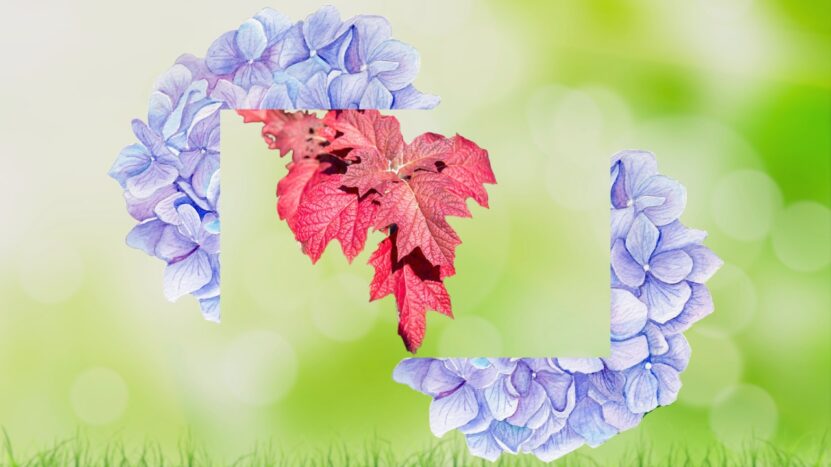
The oakleaf type turns a rich crimson in fall. Mountain hydrangeas may get touches of red too, especially when it’s cooler.
Even though these plants naturally lean red, they still need the right care. Make sure the soil, water, and sunlight are just right so the red color pops.
Add one to your garden for a beautiful contrast against green plants. They pair nicely with hostas and ferns that want the same conditions.
When planting, give them space to spread out below ground. This helps them grow strong roots and stay healthy. Prune off any dead or old pieces regularly so new growth comes in nicely.
When considering adding a bonsai tree to your garden, remember that while they can thrive in partial shade, direct sunlight is essential for their overall health and vibrant foliage.
Final Words
Take good care of your hydrangeas so they can decorate your garden with their bright colors for years. Give them what they need to stay healthy. Then sit back and enjoy the show!
Related Posts:
- What to Do When You See Yellow Leaves on Roses:…
- How to Fix Lilac Leaves Turning Brown - The Ultimate Guide
- 7 Causes for Mint Leaves Turning Yellow - Learn…
- The Magic of Gardening: Cultivating Beauty and…
- Understanding the Barriers: An Overview of Crop…
- Climate Change Threatens Regional Ecosystems: Plant…

